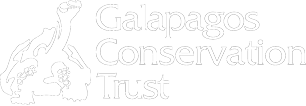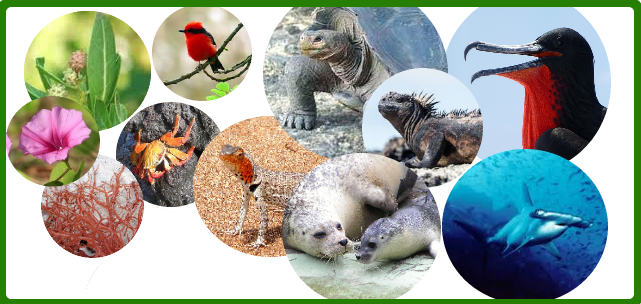
Humans have a huge variety of choice when it comes to choosing what food we want to eat. Supermarkets are full of varied food and products from different countries from all over the world.
However, in the animal world, the daily diet is often a little bit more limited! Their diet must be based on the environment and the habitat that surrounds them. They are part of a wider ecosystem. Each organism occupies a different space within this chain. It is very important that we try to understand these relationships between different species, because if one species should start to decrease in number, this will cause a change in number of other species. For example, if numbers of a certain sort of bird should decrease due to illness, the bugs that the bird normally eats would grow in numbers because there are not so many birds to eat them! However, the number of eagles who hunt the birds would also decrease because there is not enough food for them.
This transfer of energy from one producer organism to its consumer is called food chain and within it can be found: producers, consumers and decomposers.
Let’s see an example of how it works!
MASTERCHEFS
The main producers are plants, algae and cyanobacteria. They use the materials presents in soil and the sun’s energy to grow (through a process called photosynthesis). They are called autotrophs because they produce their own food: auto means ‘self’, and troph means ‘food’. Plants, trees and marine algae are examples of autotrophic organisms.
VEGETARIANS
Next come the heterotrophic organisms. These rely on other organisms for food including autotrophs and even other heterotrophs! For example, small reptiles, rodents, birds and some
fish feed on algae, plants and leaves. The marine iguana eats lots of algae. A level above them would be predators, which feed on small reptiles, rodents, fish. However, there are other organism that feed on smaller heterotrophs. For example, Galapagos penguins feed on small fish and crustaceans. So the food chain is organized with different levels. At the very top of the food chain, we have the biggest predator, called the apex predator. Which are the apex predators in Galapagos? We can find out in the activity at the bottom of this post!
FRIENDS FOREVER
Some species become friends, establishing symbiotic relationships. For example, the Galapagos land iguana and some birds. Birds remove parasites and ticks, this helps the iguanas and in return the birds get a tasty treat!
RECYCLING
Amongst the heterotrophs, there is a special group: the decomposers. These break down organic material so that it returns to the natural environment: the earth, air and water, ready to be used again, completing the circle and the flow of energy.
As we see, nature works through the energy exchange, where each element and organism plays an important role. A masterpiece of reuse and recycling!
What about Galapagos? Do you know who eats who? Find out in our activity below!
By Bea Mariño. Bea has a Master´s degree in Management of Sustainable Development.
Glossary
Apex Predators: A species with no predator of its own. An apex predator sits at the top of the food chain, at the highest trophic level. The Galapagos hawk is an example of an apex predator.
Heterotrophs: Heterotrophs must eat other species on order to survive. Unlike autotrophs, they are unable to make their own energy from the sun.
Symbiotic Relationships: Symbiosis is close and often long-term relationship between two different biological species, in many cases this relationship will have benefits for both species.
Learn more about…




 (2 votes, average: 1.00 out of 1)
(2 votes, average: 1.00 out of 1)